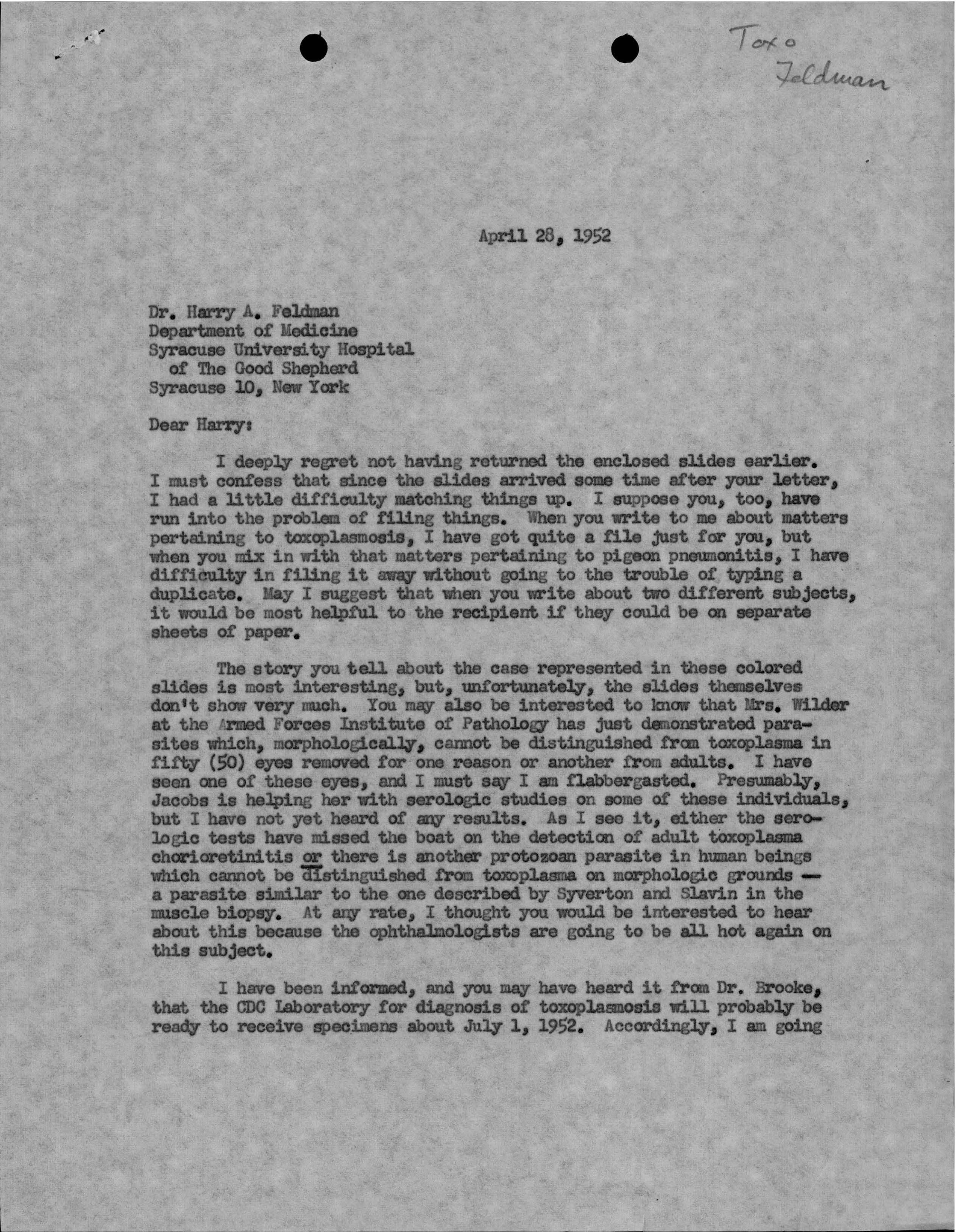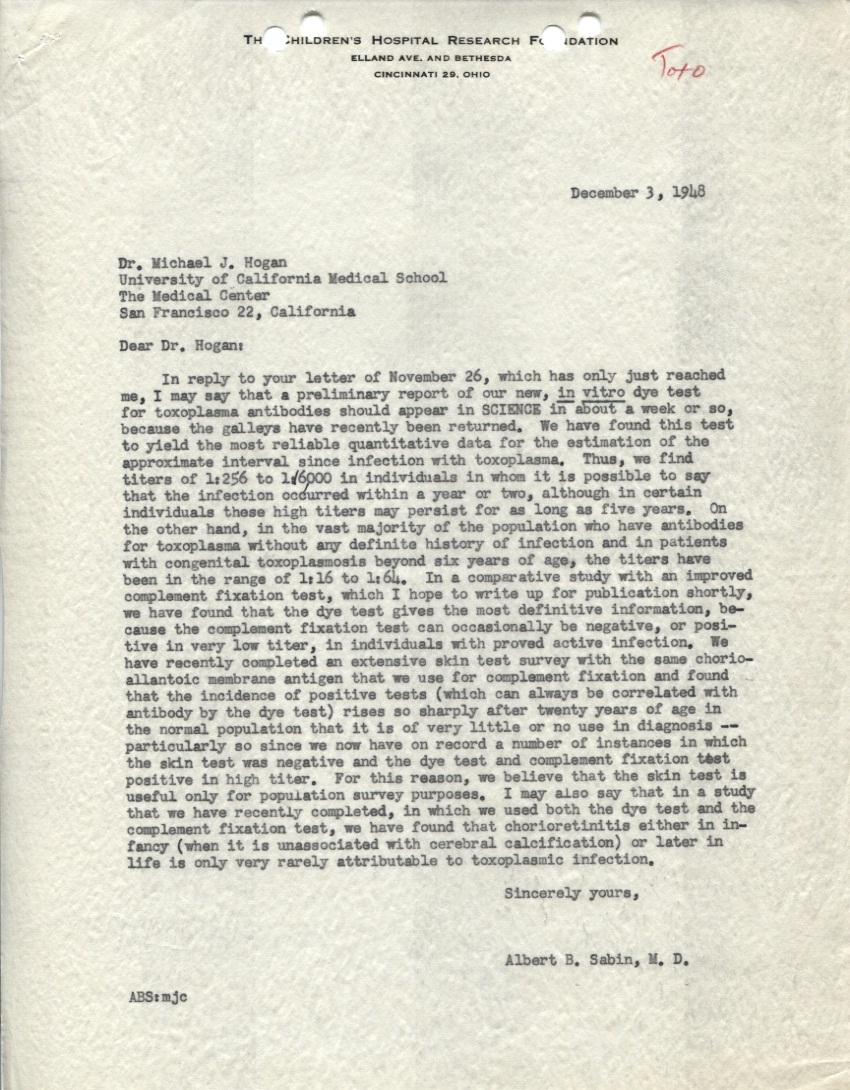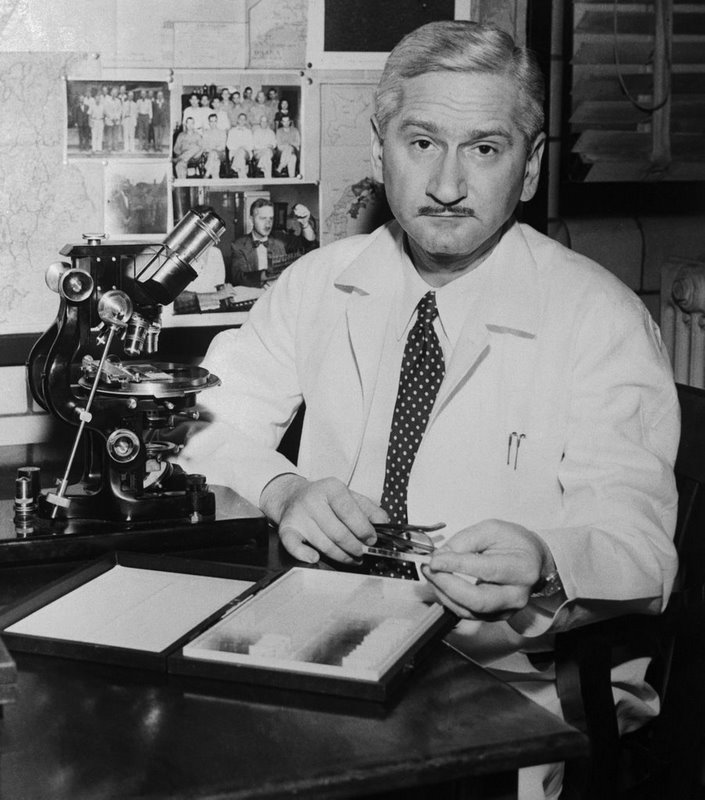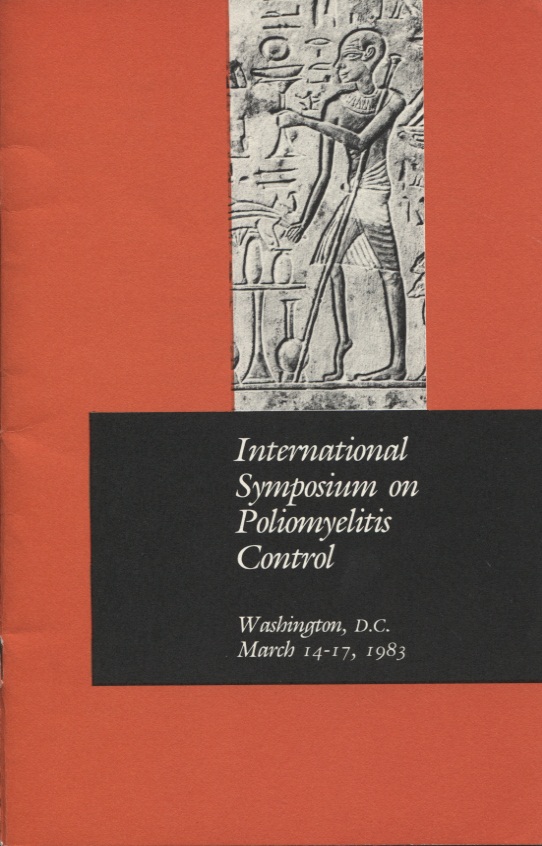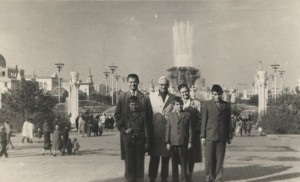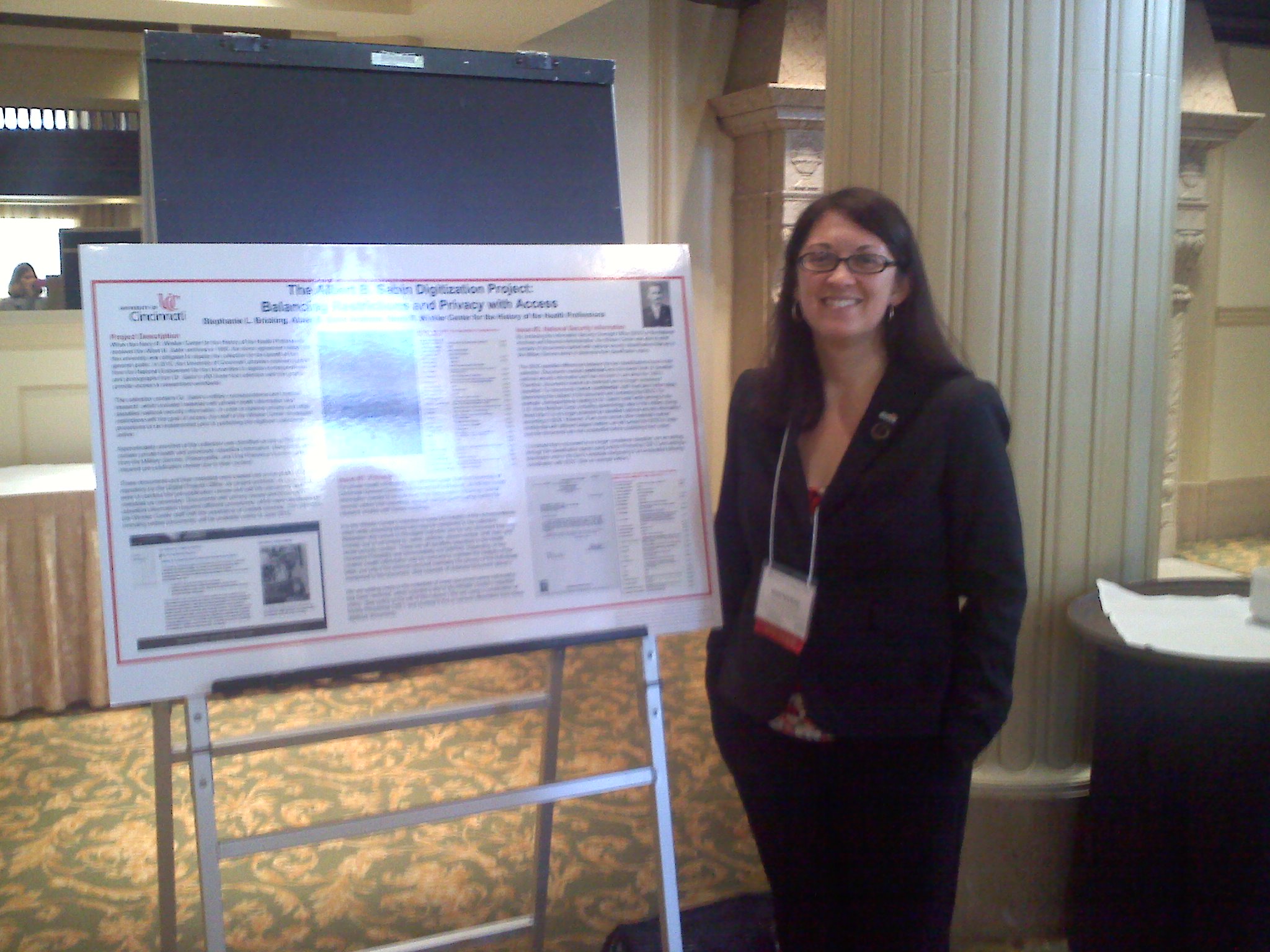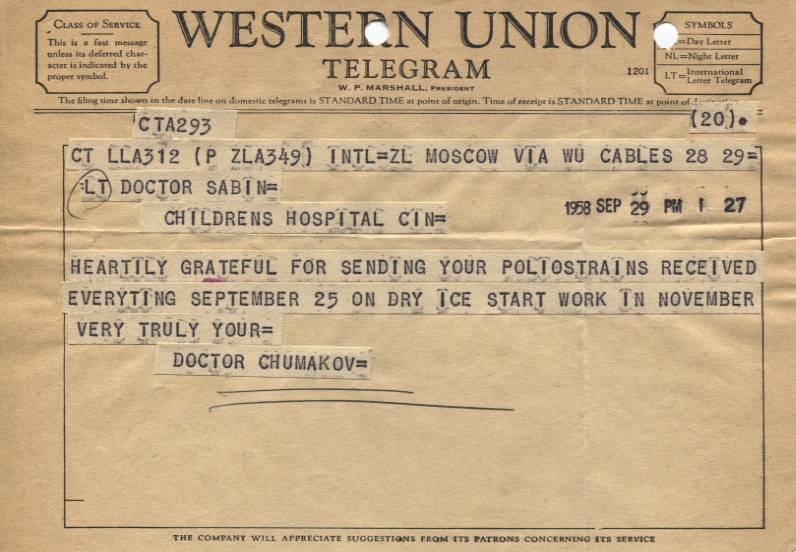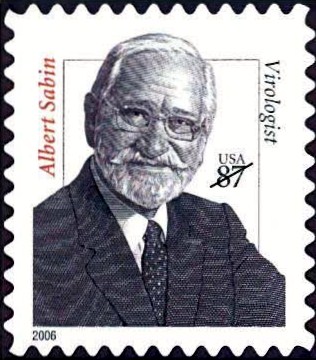Yesterday, my colleague Laura Laugle and I were discussing how to arrange archival collections, which reminded me of a letter (seen below) that I recently came across during the redaction process. I wanted to share this letter since I thought other archivists reading the blog would also appreciate it.
First, a little bit of explanation – one important task that archivists perform when they are processing a collection is referred to as “arrangement.” According to A Glossary of Archival and Records Terminology by Richard Pearce-Moses, arrangement is “the process of organizing materials with respect to their provenance and original order, to protect their context and to achieve physical or intellectual control over the materials.”[1] I realize that definition contains a lot of archival jargon, such as “provenance” and “original order.” Provenance, according to the same glossary, essentially refers to the person or organization that created the collection of materials.[2] Original order is the “organization and sequence of records established by the creator of the records,” which hopefully provides perspective into how the record creator used the materials.[3] Continue reading

